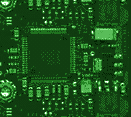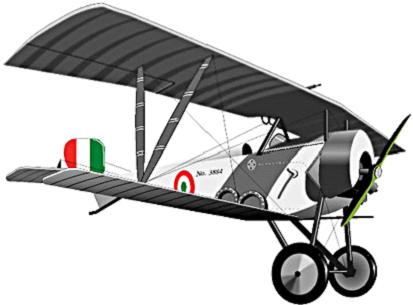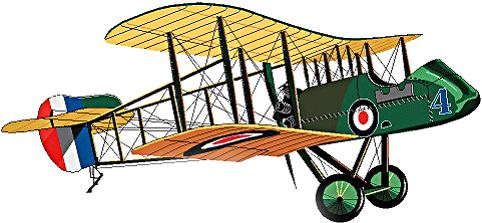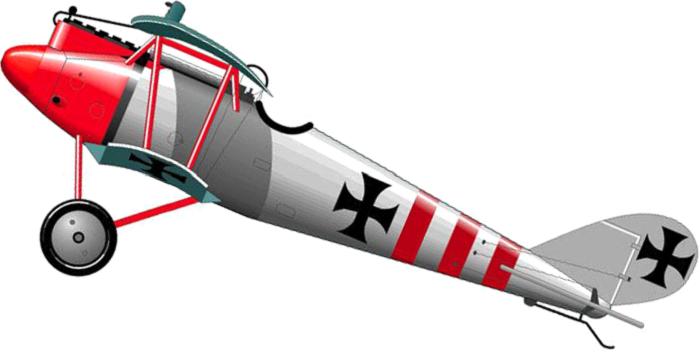In 1914 there were two branches of air service, The Royal
Flying Corps (RFC) and the Royal Naval Air Service (RNAS). Who in 1918, merged together to made the Royal Air Force
(RAF), who are still in 2004 is here.
Airships were also used in the war in the air, one being
the German airship, the Zeppelins. Airships were used for escorting ships and hunting for U-Boats. The Germans
realized that Zeppelins could be used as bombers; the first raids hit British towns in early 1915. Zeppelins couldn't
carry enough bombs for real damage, but it was psychological damage they did, British civilians seemed no longer safe.
By 1918, new fighter planes and accurate anti-aircraft made them a vulnerable target.
Statistics now became:
130 Zeppelins in service.
7 Lost to bad weather.
38 lost in accidents.
39 lost in enemy action.
46 planes left, 84 destroyed.
So, primitive 1914 planes were ineffective and dangerous
which became, in 1918, sleek, safe and a killing machine. So it was probably one of the greatest feats in technology,
which was completed in 4 years.




